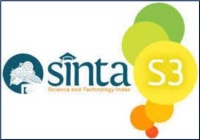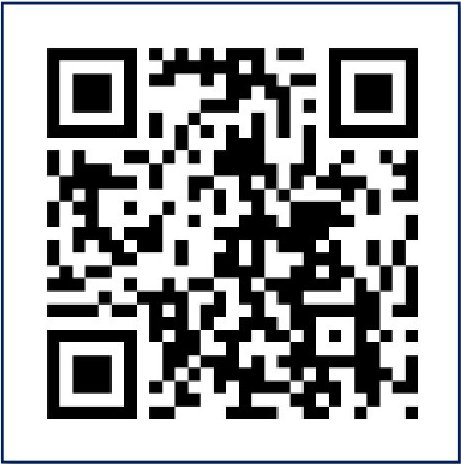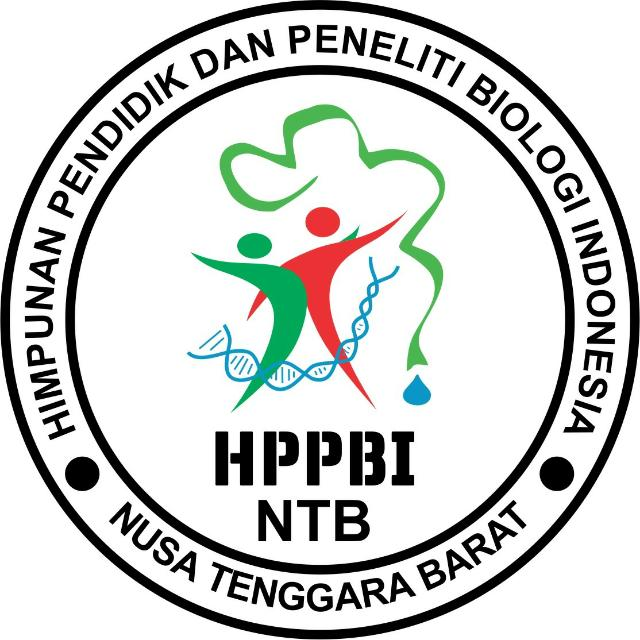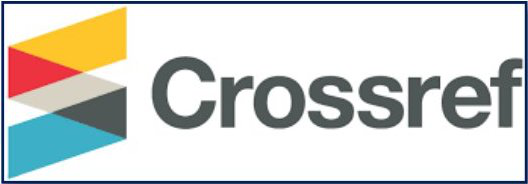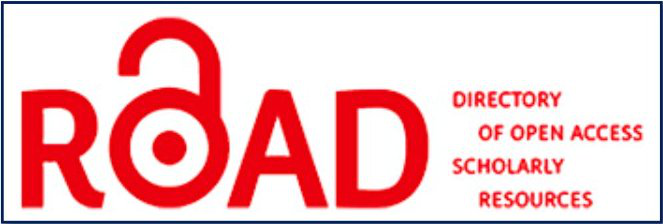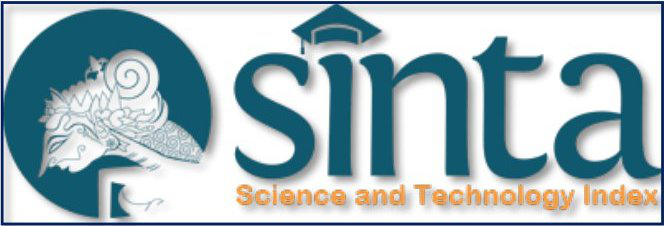Pengembangan Aplikasi Mobile Plant-tagging ‘Pelurutaloka’ sebagai Media Pembelajaran Biologi Keanekaragaman Hayati
Abstract
Keywords
Full Text:
PDFReferences
Afif, N. (2022). Pendidikan Islam berbasis kearifan lokal dan implementasinya terhadap kurikulum merdeka belajar. Edukasi Islami: Jurnal Pendidikan Islam, 11(03), 1041–1062.
Alkhalil, A. (2023). Pengaruh Pembelajaran di Luar Kelas dengan Model Project Based Learning Terhadap Kemampuan Berpikir Kritis Siswa pada Materi Geografi Kelas XI di SMA …. repository.unp.ac.id. http://repository.unp.ac.id/id/eprint/52973
Ayotte-Beaudet, J. P. (2023). Exploring the impacts of contextualised outdoor science education on learning: The case of primary school students learning about ecosystem relationships. Journal of Biological Education, 57(2), 277–294. https://doi.org/10.1080/00219266.2021.1909634
Bambang, S. (2018). Konservasi Biodiversitas: Teori dan Praktik di Indonesia. (J. Supriatna, Ed.). Yayasan Pustaka Obor Indonesi.
Bambang Suminoto & Wahyu Widhiarso. (2014). Aaplikasi Model Rasch untuk Penelitian Ilmu-Ilmu Sosial (B. Suminoto, Ed.; Revision). Komunikata Publishing House.
Bond, T. G., Yan, Z., & Heene, M. (2020). Applying the Rasch model: Fundamental measurement in the human sciences (Fourth edition). Routledge/Taylor & Francis Group.
Chotimah, H. (2022). Implementasi Supervisi Pembelajaran Daring di SMAN10 Malang Tahun Pelajaran 2020/2021. Jurnal Pendidikan Biologi, 13(1), 1. https://doi.org/10.17977/um052v13i1p1-10
Erdyneeva, K. G. (2024). A comprehensive bibliometric analysis of current trends in outdoor and informal learning for science education. Eurasia Journal of Mathematics, Science and Technology Education, 20(6). https://doi.org/10.29333/EJMSTE/14660
Inabuy, V. (2021). Buku Ilmu Pengetahuan Alam SMP Kelas VII (1st ed.). Kementerian Pendidikan, Kebudayaan, Riset, Dan Teknologi Badan Penelitian Dan Pengembangan Dan Perbukuan Pusat Kurikulum Dan Perbukuan.
Khristiani, H., Susan, E., Purnamasari, N., & Purba, M. (2021). Model Pengembangan Pembelajaran Berdiferensiasi (1st ed.). Pusat Kurikulum Dan Pembelajaran Badan Standar, Kurikulum, Dan Asesmen Pendidikan Kementerian Pendidikan, Kebudayaan, Riset, Dan Teknologi.
Nizaar, M., & Haifaturrahmah, H. (2017). Identifikasi Tanaman sayuran lokal di desa senaru sebagai sumber belajar biologi. Paedagoria: Jurnal Kajian, Penelitian Dan Pengembangan Kependidikan, 8(1), 26–30.
Nugroho, A. A., Mahmuddah, M., Purwanto, A., & Hidayat, M. L. (2022). Development of biology interactive multimedia based on vegetation diversity research results for high school students. In Teacher Education and Teacher Professional Development in the COVID-19 Turn (pp. 71–80). Routledge. https://www.taylorfrancis.com/chapters/edit/10.1201/9781003347798-11/development-biology-interactive-multimedia-based-vegetation-diversity-research-results-high-school-students-anwari-adi-nugroho-mahmuddah-mahmuddah-agus-purwanto-muhammad-luthfi-hidayat
Nugroho, A. W. (2023). Analisis User Experience Pada Website Sistem Informasi Tugas Akhir (SITA) Mahasiswa Menggunakan User Experience Questionnaire (UEQ). 7.
Onyekwelu, B., Alo, G., Echefu, F., Aderele, M., Adetula, I., & Onyekwelu, J. (2023). Development of A Qr Code System for Tree Species Identification. International Journal of Web Research, 6(1). https://doi.org/10.22133/ijwr.2023.411727.1174
Puspaningsih, A. R., Tjahjadarmawan, E., & Krisdianti, N. R. (2021). Ilmu pengetahuan alam untuk SMA kelas X (1st ed.). Pusat Kurikulum dan Perbukuan Badan Penelitian dan Pengembangan dan Perbukuan Kementerian Pendidikan, Kebudayaan, Riset, dan Teknologi.
Rahmayumita, R., & Hidayati, N. (2023). Kurikulum Merdeka: Tantangan dan implementasinya pada pembelajaran Biologi. Biology and Education Journal, 3(1), 1–9.
Sarip, M., Amintarti, S., & Utami, N. H. (2022). Validitas Dan Keterbacaan Media Ajar E-Booklet Untuk Siswa SMA / MA Materi Keanekaragaman Hayati. 1(1).
Schrepp, M. (2023). User Experience Questionnaire Handbook. UEQ Online. https://www.ueq-online.org/Material/Handbook.pdf
Sekar Arum, L., Amira Zahrani, & Duha, N. A. (2023). Karakteristik Generasi Z dan Kesiapannya dalam Menghadapi Bonus Demografi 2030. Accounting Student Research Journal, 2(1), 59–72. https://doi.org/10.62108/asrj.v2i1.5812
Setiawan, A. (2022). Keanekaragaman Hayati Indonesia: Masalah dan Upaya Konservasinya.
Setyani, A. I., Putri, D. K., Pramesti, R. A., Suryani, S., & Ningrum, W. F. (2023). Pembelajaran Biologi dalam Kurikulum Merdeka di Sekolah Urban. DIAJAR: Jurnal Pendidikan Dan Pembelajaran, 2(2), 145–151.
Stagg, B. C. (2022). Expanding the field: Using digital to diversify learning in outdoor science. Disciplinary and Interdisciplinary Science Education Research, 4(1). https://doi.org/10.1186/s43031-022-00047-0
Tampubolon, M. L. V., & Sipahutar, H. (2024). Development of project-based modules to improve learning outcomes, critical thinking and problem-solving skills. JPBI (Jurnal Pendidikan Biologi Indonesia), 10(2), 531–541. https://doi.org/10.22219/jpbi.v10i2.32958
Usman, U., Lestari, I. D., Astuti, S. H., Izanah, N., Wardani, R. A., Rahmah, A., & Purbasari, N. (2023). Analisis hambatan pembelajaran biologi pada pelaksanaan kurikulum merdeka. Jurnal Riset Pendidikan Dan Pengajaran, 2(1), 7–18.
Wold, J., Raykova, L., & Kaleev, N. (2024). The 2024 Web Almanac: CMS. In The 2024 Web Almanac (Vol. 6, Issue 12). HTTP Archive. https://almanac.httparchive.org/en/2024/cms
Yuliana, R., Wasino, W., & Widiarti, N. (2025). The effectiveness of experiential learning on students’ understanding of science and technology. Inovasi Kurikulum, 22(1), Article 1. https://doi.org/10.17509/jik.v22i1.77888
DOI: https://doi.org/10.33394/bioscientist.v13i2.14948
Refbacks
- There are currently no refbacks.

This work is licensed under a Creative Commons Attribution-ShareAlike 4.0 International License.

Bioscientist : Jurnal Ilmiah Biologi is licensed under a Creative Commons Attribution-ShareAlike 4.0 International License
Editorial Address: Pemuda Street No. 59A, Catur Building Floor I, Mataram City, West Nusa Tenggara Province, Indonesia

